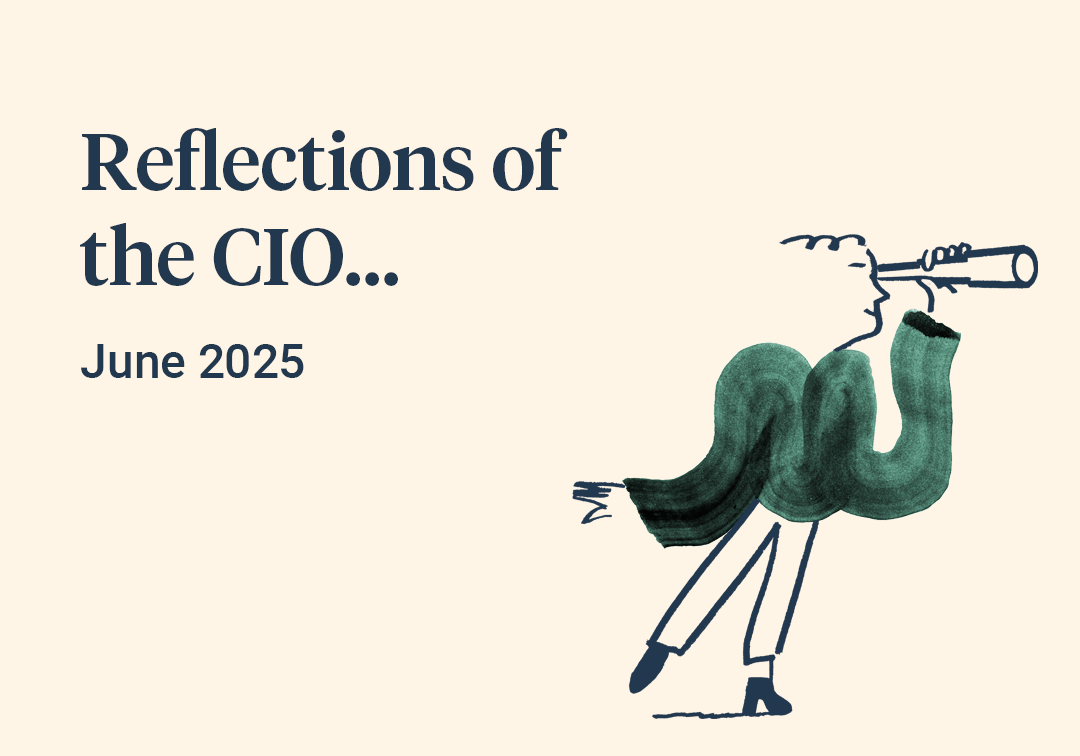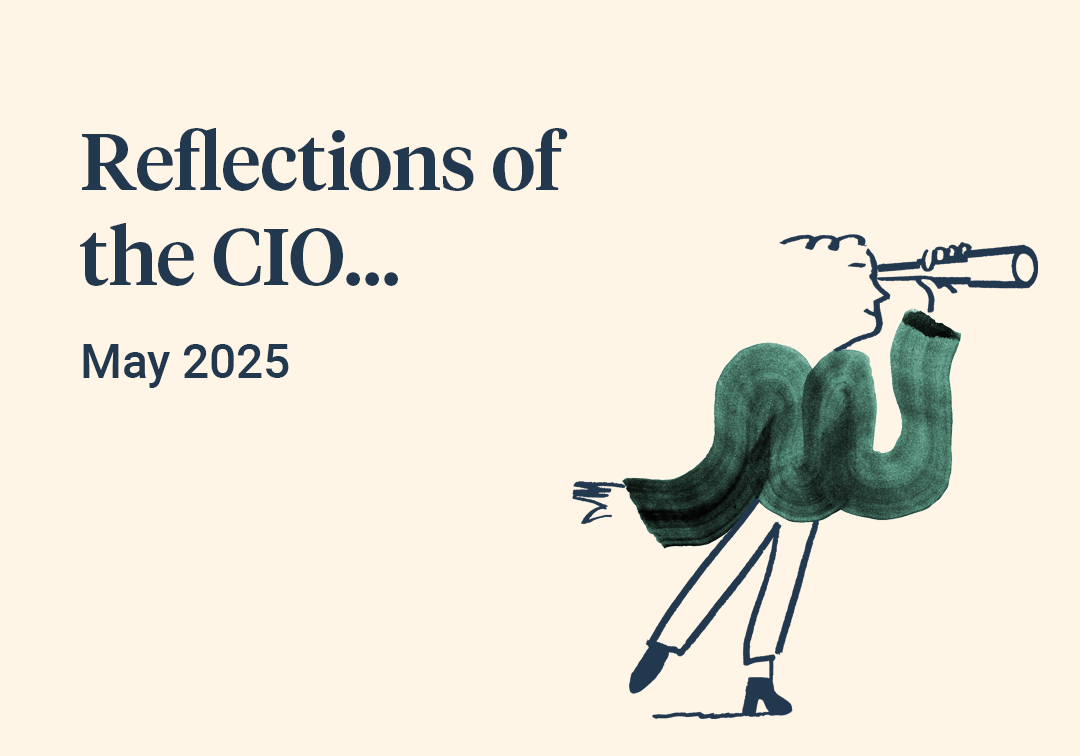A fragile consolidation
Last week brought the most extraordinary month we have ever seen to an uneasy close. Markets first waxed and then waned as investors moved from a period which was spent largely in survival mode, into one where hopefully damage assessment and rebuilding can begin. Underneath the surface sentiment remains fragile and price movements erratic, but then again that is to be expected and such features usually offer up as many potential rewards as they do risks.
Overall, the imaginative efforts of global central banks and government treasury departments have combined to help most assets recover from the widespread and deep falls of mid-March. Although it is hard to measure, we think that most of the technical selling pressure that produced the quickest ever collapse has now also largely exhausted itself. A firm basis for recovery could not be established until these elements had come together and the fact that they have all happened so quickly is a welcome positive.
“Overall, the imaginative efforts of global central banks and government treasury departments have combined to help most assets recover”
Last week also saw some pockets of normality appearing in certain markets, albeit only those where central banks had been intervening heavily. Government bonds, parts of mortgage and investment grade credit markets were all active and trading more smoothly than in previous weeks. Stronger companies are easily able to refinance and even some of the weaker industries, such as cruise ships, are cobbling together rescue packages, albeit at eyewatering levels of interest.
As we have said above, these early and aggressive interventions by the ‘authorities’ were necessary to help markets stabilise after absorbing the enormous shock that the coronavirus epidemic has brought with it. The interventions are also, by and large, having the desired effect. Unfortunately, they won’t be enough on their own to drive a sustainable recovery. For that to happen we will need to see a peak in coronavirus infection rates, so that a more accurate assessment of the economic damage caused by social distancing polices can be priced in.





